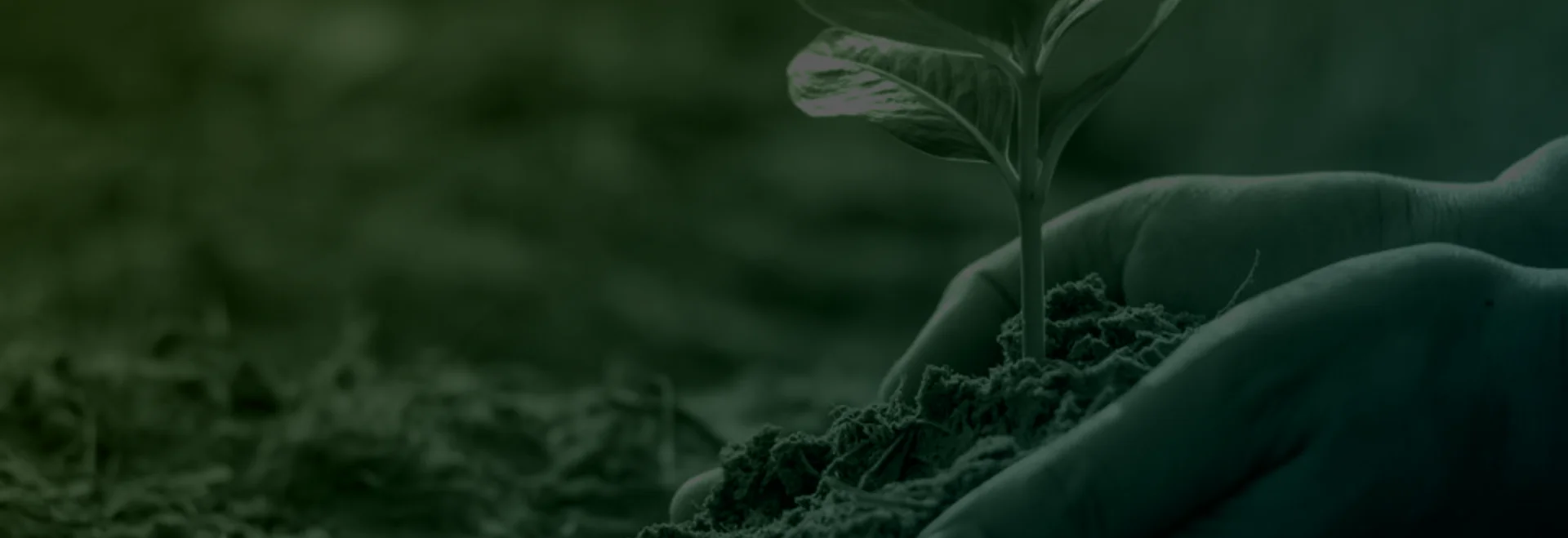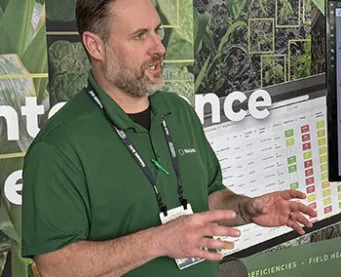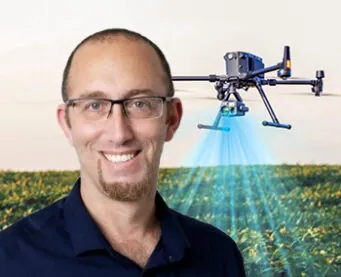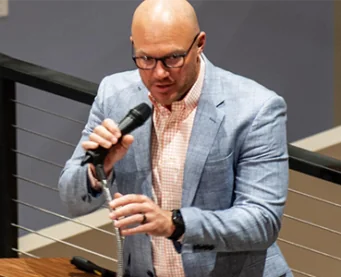Are you interested in deploying conservation programs across your farming operation but aren’t quite sure where to start…or when to start? You aren’t alone. Over the past decade, USDA conservation programs have multiplied to provide more producers more variety in implementing soil health, water quality and wildlife conservation opportunities. In doing so, the application windows have staggered and the entire process has become a complex web of paperwork facilitated by timing that many farmers find challenging.
Taranis partner, Steward Link was created to help farmers meet the challenges of implementing conservation programs, from applying and securing funding to verifying practices, Steward Link circumvents complexity.
“There’s a world of conservation programs available, but the process is so complex many landowners, whether they be farmers, hunters, timber managers, what have you, they don’t even know where to start to pursue those programs, let alone which program their acreage would benefit most from,” Steward Link founder, Nick Thomas, told Steve Patterson, host of this week’s AcreForward podcast. “Our goal is to help landowners find the right fit and receive the maximum benefit to meet their goals for their property and or farming operation.”
Thomas shared that the interest was apparent very quickly – farmers want to farm, they don’t want to spend their time on the phone, deciphering which programs best fit their goals, and filling out paperwork…a task that crop insurance, operating notes, and fertility-input plans fill.
Steward Link serves as the bridge between conservation programs and the farmers they were designed to benefit.
Taking the “Work” out of Paperwork
“I worked for USDA for 12 years and that background is what has allowed me to create Steward Link. But there are more programs available outside of the USDA; there are a lot of Climate Smart grants that are being administered by different organizations. I’m learning all the time and I make a living doing this,” Thomas says, noting a presentation he recently gave in Ohio where a farmer shared his frustration.
“He told me that he called five different USDA offices, and he got six different answers. That’s not to take a shot at USDA, there is just a lot going on right now.”
Over the next two years, more than 19 billion dollars will be available for Climate-Smart conservation initiatives. Steward Link is positioned to help farmers identify which practices they are already engaged in, record those practices, and complete the necessary application paperwork.
“We don’t try to guide a farmer to do things they don’t want to do. What we want to do is understand what they are doing now and bring those practices up to a USDA standard to maximize and, hopefully, incentivize conservation,” says Thomas.
He also adds that having the right technology in place to make record collection…and recollection…a streamlined process is paramount in securing funding. The services and imagery Taranis provides make the AI-driven, leaf-level imagery an important part of telling a farm’s conservation story.
“I’m so impressed with the ability of AcreForward to scout every acre of an operation,” Thomas says. “And there are some great incentives through USDA and other programs to drive adoption of (AcreForward). We can talk about conservation all we want, but farmers have to look at their bottom line. Once they’ve adopted some of these practices that are incentivized, they will have the ability to take a look at what makes them money.”
Incentivizing (and Identifying) Stewardship
Farmers are good stewards of the acres entrusted to them- they are today and always have been. What has changed is the level of information, oversight, and governmental regulations farming operations must adhere to.
“Everyone is practicing nutrient management. The question is, “Are you meeting USDA standards,” Thomas poses. “USDA relies on the Land Grant university system to create and provide recommendations for nutrient application. Most farmers are doing a great job of adhering to those recommendations, but what many aren’t doing is documenting their practices.”
From seeding and cover crops to nutrient management, Steward Link also looks at specific practices and identifies areas where changes can be made to bring farmers into compliance with conservation programs, many of which farmers aren’t aware exist.
“Conservation Stewardship Program (CSP) has been around since 2004, and I talk to farmers all the time who haven’t ever heard of it,” Thomas shares.
Conservation Program Misconceptions
“One of the primary misconceptions I hear is that people think they are already doing something so they don’t qualify for a program,” Thomas says, addressing the additionality conversation surrounding many agricultural programs. “That might be the case sometimes, but meeting the standard is the key.”
Thomas says that second to additionality, farmers are often worried about working with USDA because they feel that they are going to lose some of the control they have over their land or that the government is going to dig deeper into their operations and notes that there is a general feeling of hesitation in dealing with the government in general.
“Steward Link is a win-win for the farmer and for the USDA,” he says.
To learn more about Steward Link and how the company can help your farming operation qualify and apply for conservation programs, watch the full conversation at acreforward.com.




